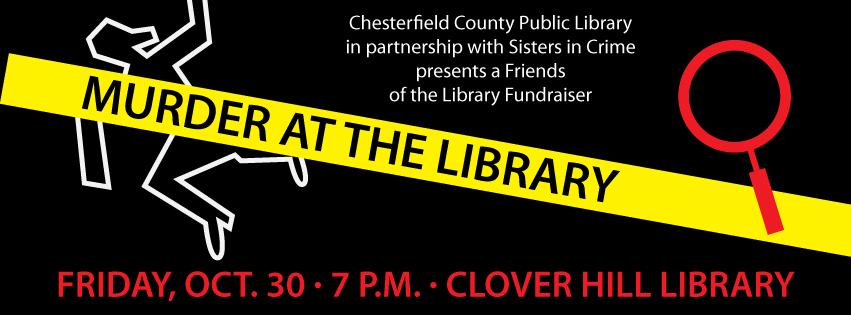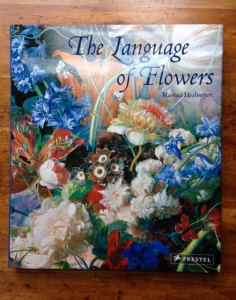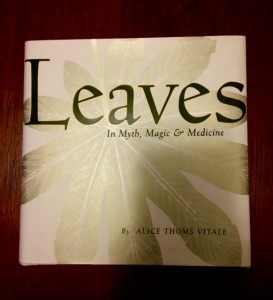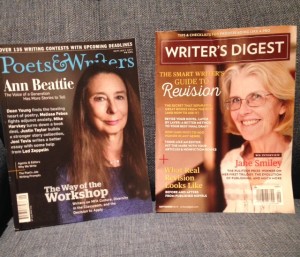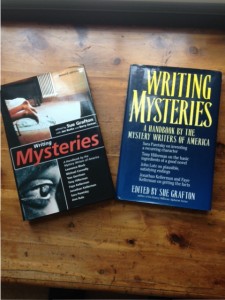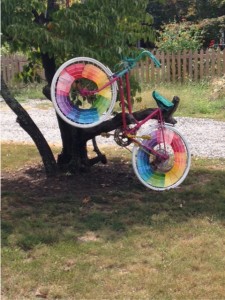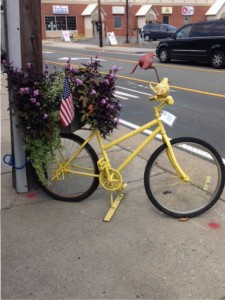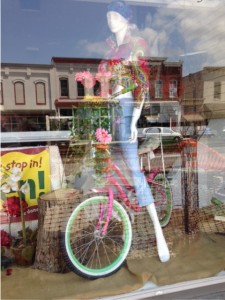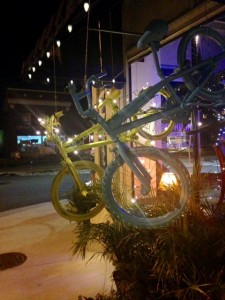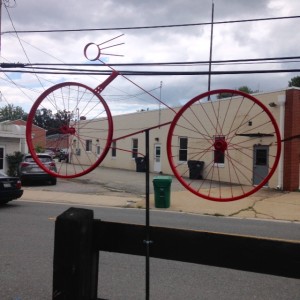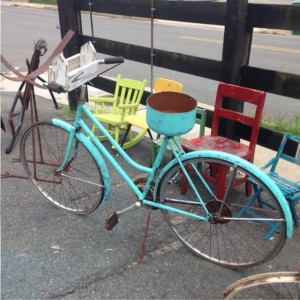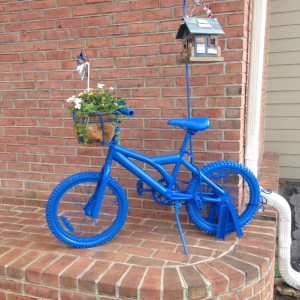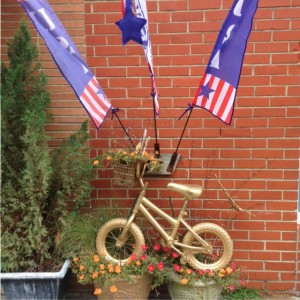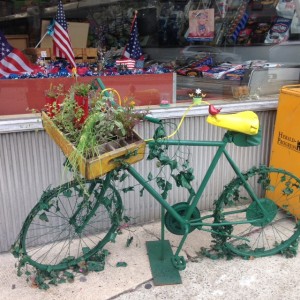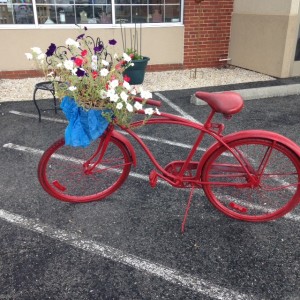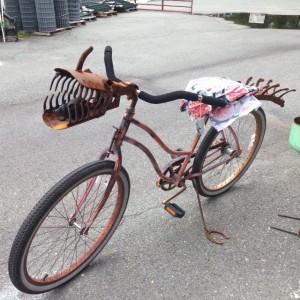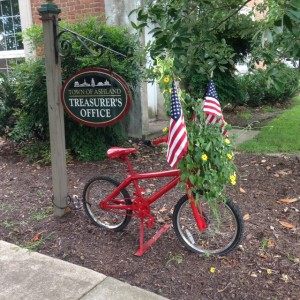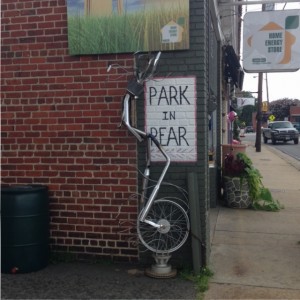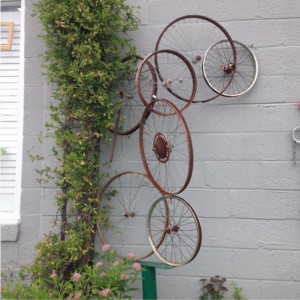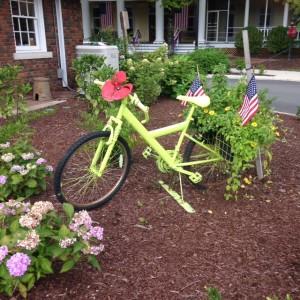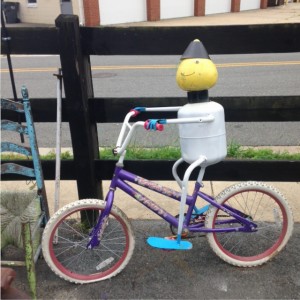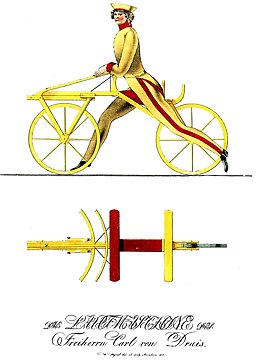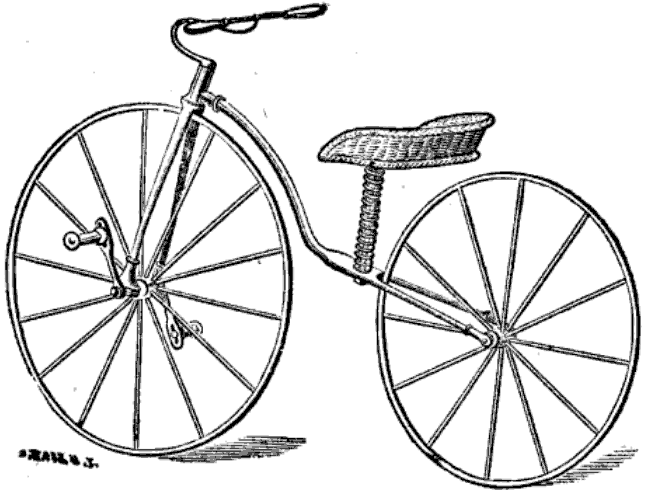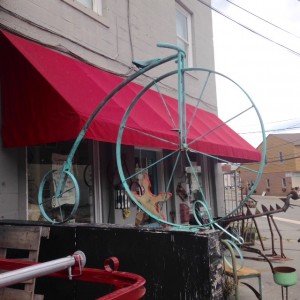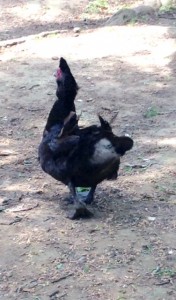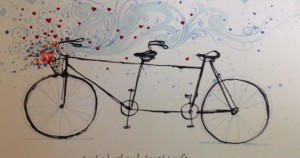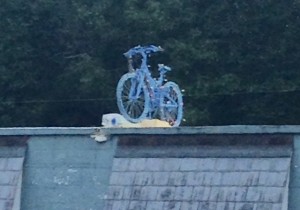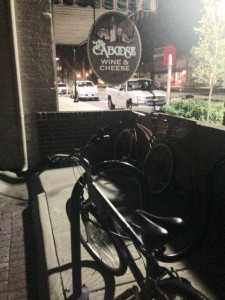I’m delighted to have a guest post on Buried Under Books. Many thanks to Lelia Taylor for welcoming me to her fantastic blog.

The Great Escape
Excerpted from Buried Under Books
When I was a young child, the only books in our house were several Bibles and a two-volume pictorial history of World War II. My father, who had an eighth grade education, subscribed to Field and Stream. My mother (tenth grade education) subscribed to Modern Romance and True Confessions. Besides the Dick-and-Jane readers, the first books I remember clearly are The Littlest Mermaid (not the Disney version) and my fourth grade geography book. The former showed me beauty, magic, and sorrow. The latter showed me wonders of the world beyond my small Ohio town. I can still see the pictures of African tribes—pigmies; women with elongated necks, their heads resting on a column of rings; men with artistic scarring.
Neither my school nor my town was big enough to boast a library. Instead, we had a bookmobile that came every two weeks. I had special dispensation from my teachers to take out more than two books at a time. I walked home with all the books I could carry between my cupped hands and chin . On the shelves of that bookmobile I discovered my first serialized love: the Cherry Ames nurse books, 27 of them written between 1943 and 1968 (by Helen Wells (18) and Julia Campbell Tatham (9)). Every book involved a medical mystery. My second serial love was the Ruth Fielding series, 30 volumes produced by the Stratemeyer Syndicate, between 1913 and1934. Ruth Fielding volumes and several books of fairy tales filled a small bookshelf at the foot of my Aunt Mary’s bed. Mary was (and is) five years older than I. When I stayed with my grandparents in the summer, I devoured Aunt Mary’s books. Ruth Fielding also solved mysteries. And the fairy tales? Only a step from The Littlest Mermaid.
. On the shelves of that bookmobile I discovered my first serialized love: the Cherry Ames nurse books, 27 of them written between 1943 and 1968 (by Helen Wells (18) and Julia Campbell Tatham (9)). Every book involved a medical mystery. My second serial love was the Ruth Fielding series, 30 volumes produced by the Stratemeyer Syndicate, between 1913 and1934. Ruth Fielding volumes and several books of fairy tales filled a small bookshelf at the foot of my Aunt Mary’s bed. Mary was (and is) five years older than I. When I stayed with my grandparents in the summer, I devoured Aunt Mary’s books. Ruth Fielding also solved mysteries. And the fairy tales? Only a step from The Littlest Mermaid.
Continue reading on Buried Under Books.


